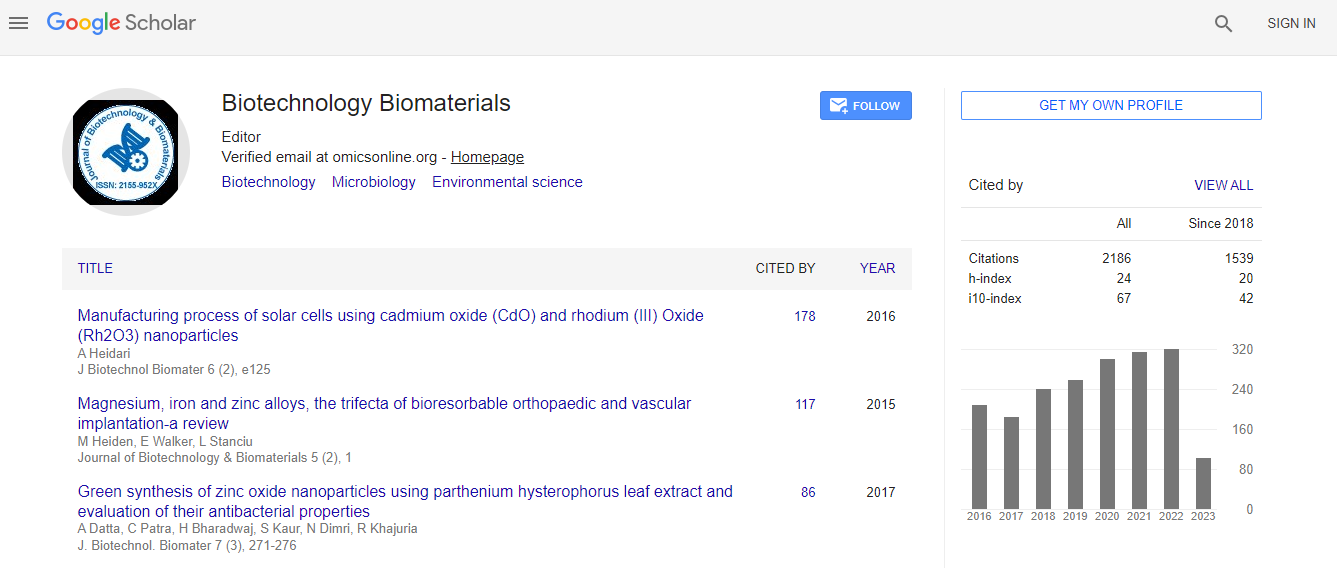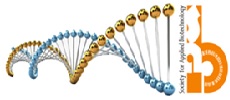Biomaterials for Bone Tissue Engineering: Innovations in Injectable Systems and Hybrid Scaffolds
*Corresponding Author(s): Prasad Sengupta, National Institute of Pharmaceutical Education and Research-Ahmedabad (NIPER-A), An Institute of National Importance, India, Email: senguptaprasad23@gmail.com Prasad Sengupta, National Institute of Pharmaceutical Education and Research-Ahmedabad (NIPER-A), An Institute of National Importance, India, Email: senguptaprasad23@gmail.comReceived Date: Nov 05, 2024 / Published Date: Nov 29, 2024
Citation: Prasad S (2024) Biomaterials for Bone Tissue Engineering: Innovations in Injectable Systems and Hybrid Scaffolds. J Biotechnol Biomater, 14: 414.
Copyright: © 2024 Prasad S. This is an open-access article distributed under the terms of the Creative Commons Attribution License, which permits unrestricted use, distribution, and reproduction in any medium, provided the original author and source are credited.
Abstract
Bone tissue engineering (BTE) has become a crucial field in regenerative medicine, with the aim of developing effective strategies for repairing bone defects. Biomaterials play a pivotal role in this area, providing the necessary structural and biochemical support for bone regeneration. Recent innovations in injectable systems and hybrid scaffolds have shown promise in overcoming the limitations of traditional BTE approaches. Injectable biomaterials offer minimally invasive methods of delivering cells, growth factors, and scaffolds directly to the site of injury, facilitating better integration and healing. Hybrid scaffolds, which combine synthetic and natural materials, can enhance the mechanical properties, bioactivity, and biocompatibility of bone implants. This article reviews the latest advancements in injectable biomaterials and hybrid scaffolds, highlighting their potential applications, advantages, and challenges in the context of bone tissue engineering.

 Spanish
Spanish  Chinese
Chinese  Russian
Russian  German
German  French
French  Japanese
Japanese  Portuguese
Portuguese  Hindi
Hindi 
